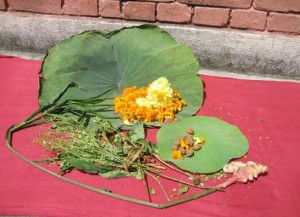Liu, Zhen. *Meditations and Asceticisms: On the discovery and study of Buddhist Sanskrit Manuscripts. Shanghai Guji Publishing House, 2010. 299 pp., 58 yuan. ISBN 9787532556670. [WorldCat]
刘震(著)《禅定与苦修—关于佛传原初梵本的发现和研究》上海古籍出版社
This book, as far as I am able to tell from internet gleanings (I’ve not seen it at the time of writing), is a revised and expanded (修订、增补) version of Zhen Liu’s PhD dissertation on a unique Sanskrit manuscript of the Kāyabhāvanāsūtra 《修身经》 of the Dīrghāgama submitted to Ludwig-Maximilians-Universität München.
Further information can be found in this startlingly rich Chinese writeup by an editor at a Chinese publishing house:
Xu, Wenkan(徐文堪). ‘The Inspiring Results of Research on the Gilgit Manuscripts’(吉尔吉特写本研究的可喜成果), Dongfang Zaobao 《东方早报》, March 20, 2011.



